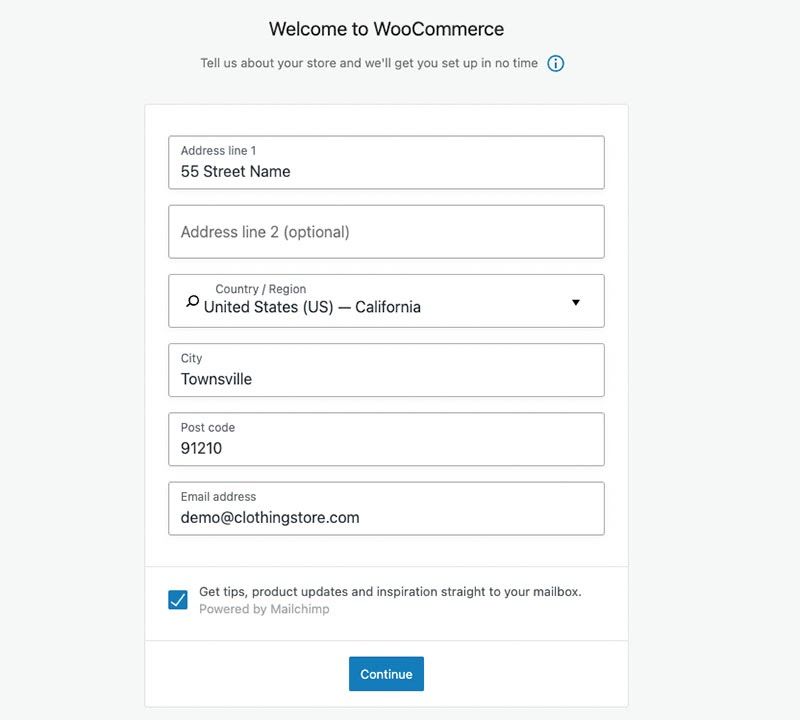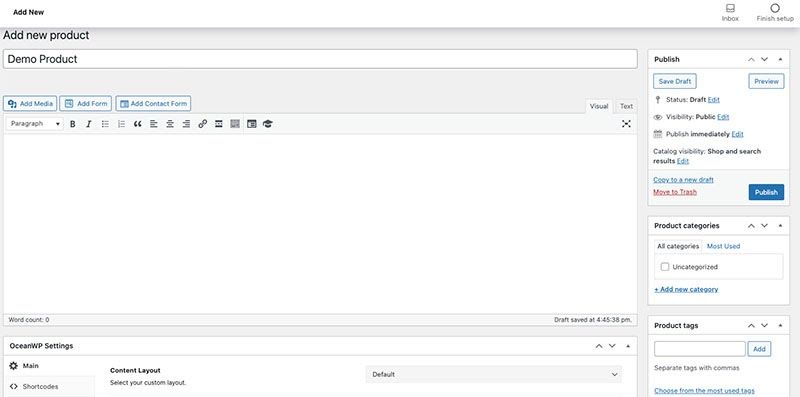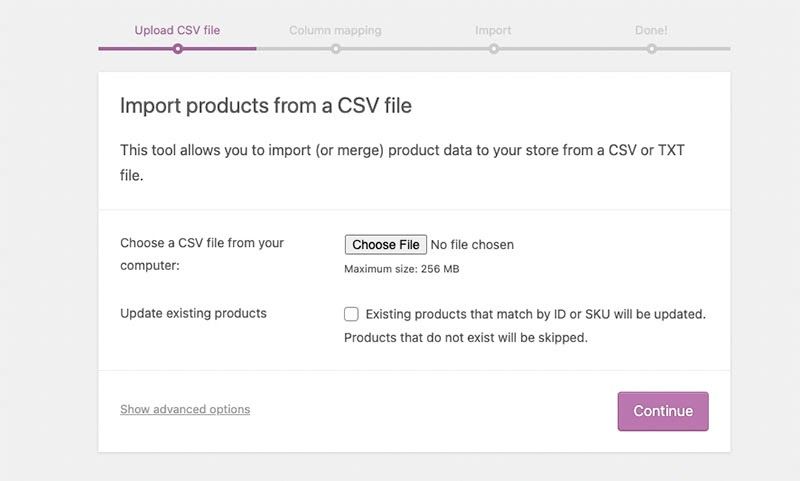Do you have a clothing store and seek a way to expand your customer base? Or perhaps you want to start your ecommerce website selling custom t-shirts?
Whatever the case, selling clothes online is a great way to reach new customers. You can start a clothing business without dealing with the usual overhead costs of a traditional brick and mortar store.
All you need is a website. You don't even need to know how to build an ecommerce website. Fortunately, you can make it with ease if you have the right tools and templates.
Let’s discuss how to make a clothing website, so you can launch your online clothing store and join the ranks of small business store owners online.
- How To Make A Clothing Website
- Step 1: Choose A Clothing Niche
- Step 2: Pick A Domain Name
- Step 3: Choose Your Platform
- Step 4: Sign Up For a Hosting Plan
- Step 5: Install WordPress
- Step 6: Install And Configure WooCommerce
- Step 7: Add Your Products
- Step 8: Start Marketing Your Store
- Final Thoughts: How to Make a Clothing Website: Startup Guide for Retailers
How to make a clothing website
- Choose A Clothing Niche
- Pick A Domain Name
- Choose Your Platform
- Sign Up For a Hosting Plan
- Install WordPress
- Install And Configure WooCommerce
- Add Your Products
- Start Marketing Your Store
Step 1: Choose a clothing niche
The first step to making a clothing website is deciding on a niche for your clothing store. You need to decide what kind of clothes you’ll sell and who would be interested in buying those clothes.
You’ll have an easier time selling clothes if you target a specific demographic need than if you try to serve everyone. You will benefit from targeted messaging that resonates with one group and avoid speaking to people with different tastes and needs.
An example of a clothing niche is a clothing store selling newborn and toddler clothes, or selling used clothing.
Step 2: Pick a domain name
Once you’re clear on who you’re targeting, you need to choose a domain name for your clothing store. A domain name is what your visitors will type in the browser’s address bar to visit your website.
It’s a good idea to keep your domain name short and memorable to make it easy for your visitors to type it in.
Step 3: Choose your platform
Once you have decided on a niche and the domain name, it’s time to pick a platform.
While you have several options, WordPress is often the best ecommerce solution. WordPress is a free and open-source platform that powers more than 43% of all websites on the Internet.
Besides that, you have several free and premium themes and plugins for WordPress that make it easy to build a website without any coding knowledge.
Thanks to plugins, you can add all sorts of functionality to your website. For example, WooCommerce is a plugin that turns your website into a robust online store.
Step 4: Sign up for a hosting plan
You’ll also need a hosting plan. A hosting plan provides server space — digital space where the website files live. It’s necessary so visitors can access your store through the internet.
You’ll benefit from a hosting provider with plans built with small business owners and their needs in mind. Nexcess has hosting plans optimized for WordPress and WooCommerce.
We have optimized our plans for faster speeds and better security, which are crucial features for online stores to build trust and increase conversions.
Take a look at our pricing plans and choose one that fits your needs.
Step 5: Install WordPress
Once you’ve signed up for WordPress hosting, you’ll need to install WordPress if your chosen hosting provider doesn’t pre-install it for you.
Most hosting providers have a one-click install process for WordPress, so you’ll only need to enter your username, website title, and password to finish the installation.
Once WordPress has been installed, log in to your WordPress dashboard and go to Appearance > Themes.
Search for a theme compatible with WooCommerce to ensure it has all the necessary features, layouts, and web design you need.
You can then customize your homepage or storefront with a drag and drop interface and sort out your technical search engine optimization (SEO). In other words, you can craft an ecommerce site that speaks to your target audience.
Step 6: Install and configure WooCommerce
The next step in making a clothing website is to install and configure the WooCommerce plugin.
In your WordPress dashboard:
- Go to Plugins > Add New.
- Search for WooCommerce.
- Click Install.
- Click Activate.

As you activate WooCommerce, you’ll enter the Setup Wizard.
Here, the plugin will create the necessary pages for your ecommerce store, and you’ll need to enter your fashion store details.
You’ll also have the option to configure your payment options, which credit cards you’ll accept, and shipping options for your online business. You will set up the checkout process as well.
Step 7: Add your products
After the setup wizard is complete, you’ll have the option to add your first product pages for your clothing line.
Click the button that prompts you to add a product, and you’ll be taken to the screen where you can add product information.
You can add a title, product description, and images. And you can set the price, product variations, and more. When you’re done, click Publish. To add another product, click on Products > Add New.

If you have a lot of products, you can also go to WooCommerce > Home > Add Products. You can then add products using a CSV file by the CSV import option.

Step 8: Start marketing your store
After you have added all the products to your store, the last step is to start using the included marketing tools to promote your online fashion store and drive traffic. After all, without any traffic, you won’t be able to sell online.
Here are a few ideas to get you started:
- Promote your clothing company store on social media platforms where your ideal audience spends time.
- Add an email signup that offers a discount code in exchange for their email address to send out email marketing messages to potential customers.
- Blog on your website to incorporate product-related keywords and links to your own clothing in your content to benefit from the marketing funnel.
- Paid ads with Google AdWords or Facebook Ads.
- Optimize your site for search engines by including relevant product keywords in your product title, description, and URL, and more.
Final thoughts: How to make a clothing website — Startup guide for retailers
Learning how to make a clothing website can seem daunting. But once you’re familiar with all the steps involved in the process, you can launch your store quickly.
Implement the steps we discussed with WooCommerce hosting from Nexcess.
It's specially optimized for online stores — so your site will always be fast and secure.
Start your store in a few clicks and see why 100K+ online stores host with Nexcess.
Check out our ecommerce hosting plans to get started today.

